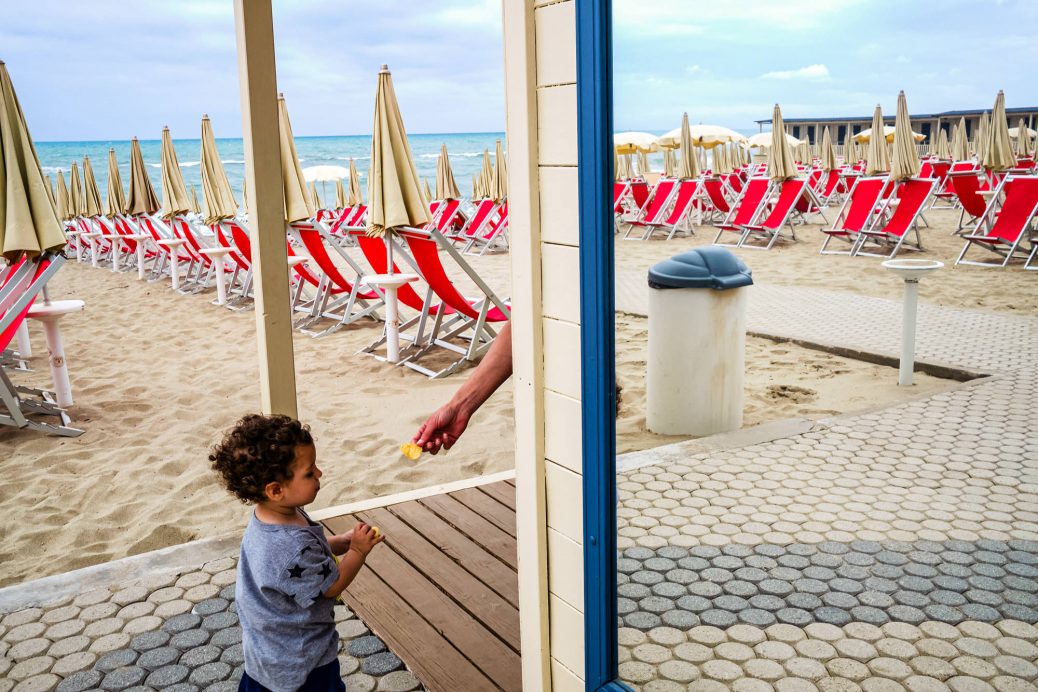Fourth Exibart Street Contest, Discover the Finalists: Arez Prod
Dear Arez,
First of all, congratulations! You are one of the ten finalists in our fourth Street Photography Competition in the Best Single Photo category, and we are very happy to have this interview with you. Can you tell us something about yourself and about the finalist photo? What was the main source of inspiration for this photo? What did you hope to communicate through this image?
I was with my family at a beach resort, and I noticed that the mirror effect from the right perspective gave the illusion that the beach with the deck chairs continued. I stayed there for about 15 minutes trying to photograph it, including some human figures passing by in the foreground and background, when suddenly, from behind the mirror, my wife’s hand appeared, and from the left, my little son… and I took the shot, realizing immediately that this was the moment I was looking for.
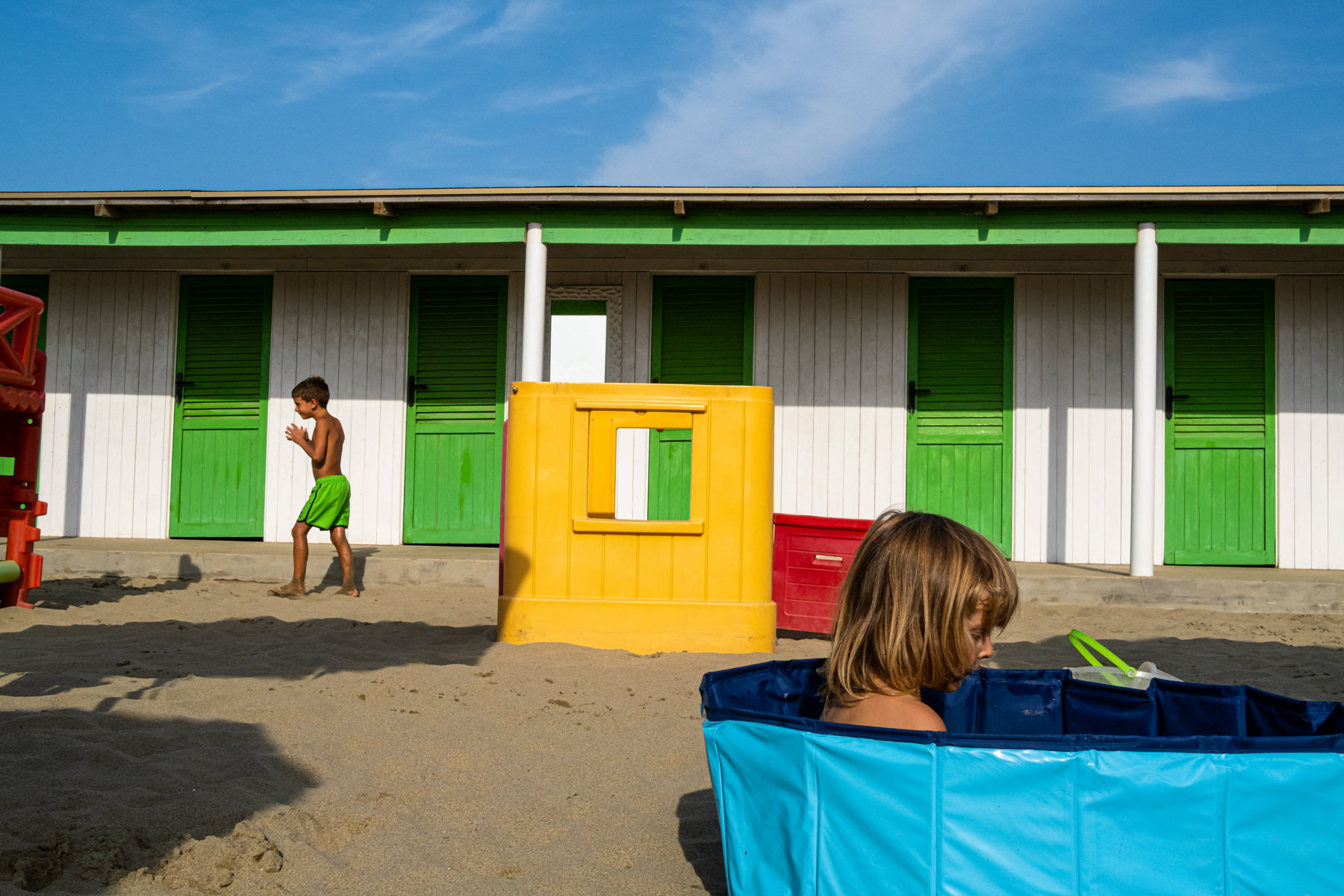
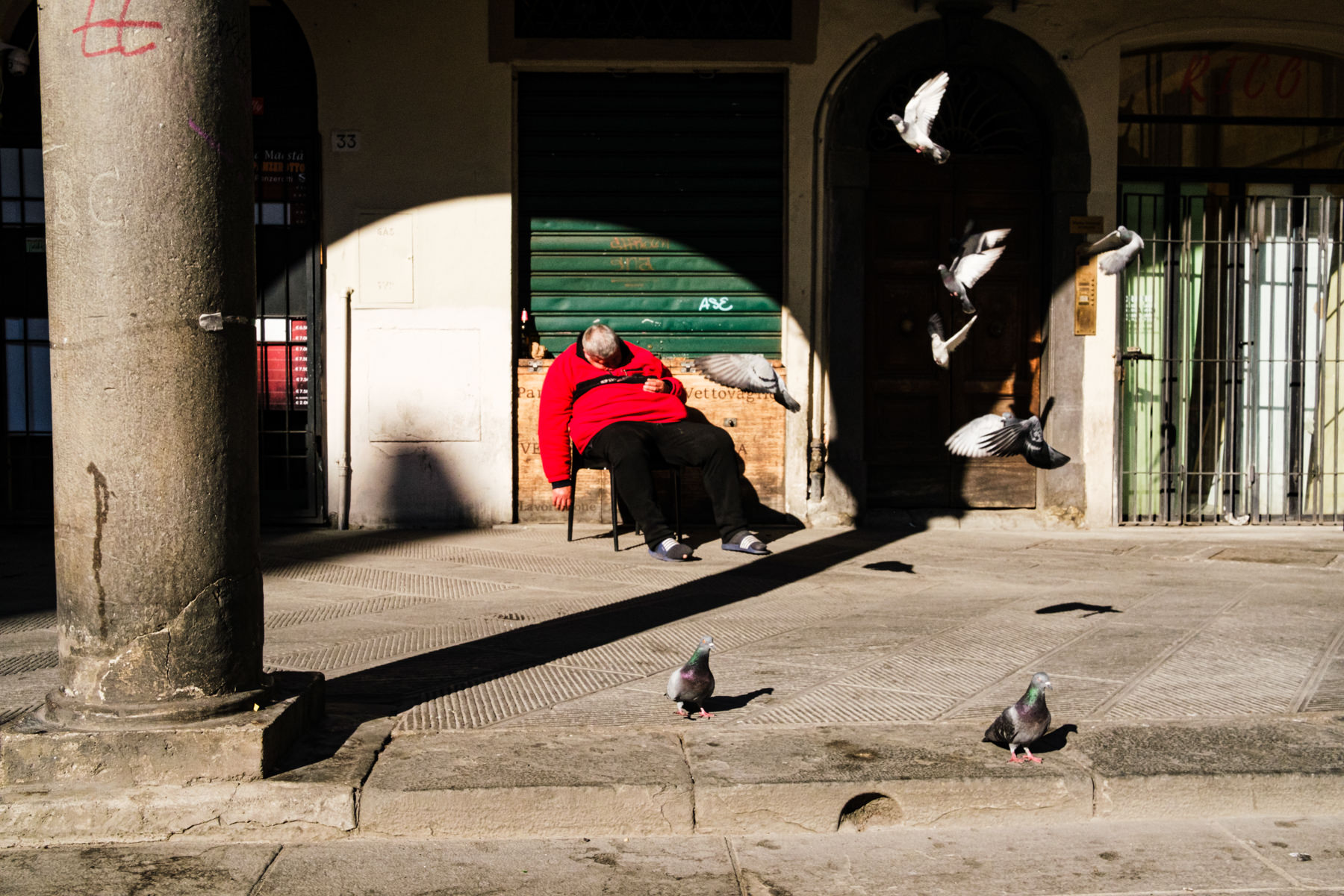
How do you choose the subjects or scenes to photograph?
I usually go around with the camera looking for a “lucky” event or an “interesting” subject, and this search is often more instinctive. Sometimes I see potential in a scene and try to wait for the right subjects to appear, but this doesn’t always happen. It takes a lot of dedication and patience. So I would say that I choose what type of photography to do based on the time I have available and where I am.
Is there a theme or thread you follow when creating a new project?
There are some similar situations that I look for to create photographic series, even if they are not a priority. I love to let myself be guided by the situation and instinct. I follow two projects that are constantly in progress, but I don’t go out to photograph specifically for those projects.
Color seems to play a significant role in many of your photographs. How do you use color to influence the mood or message of your images?
I love color. For me, it has always been an unknown because I am colorblind. Trying to match colors is a challenge that helps me contrast the relationship between me and color itself. It’s like getting revenge by saying, “I can’t recognize you perfectly, but I’ve learned to match you,” which I’ve always done with clothes.
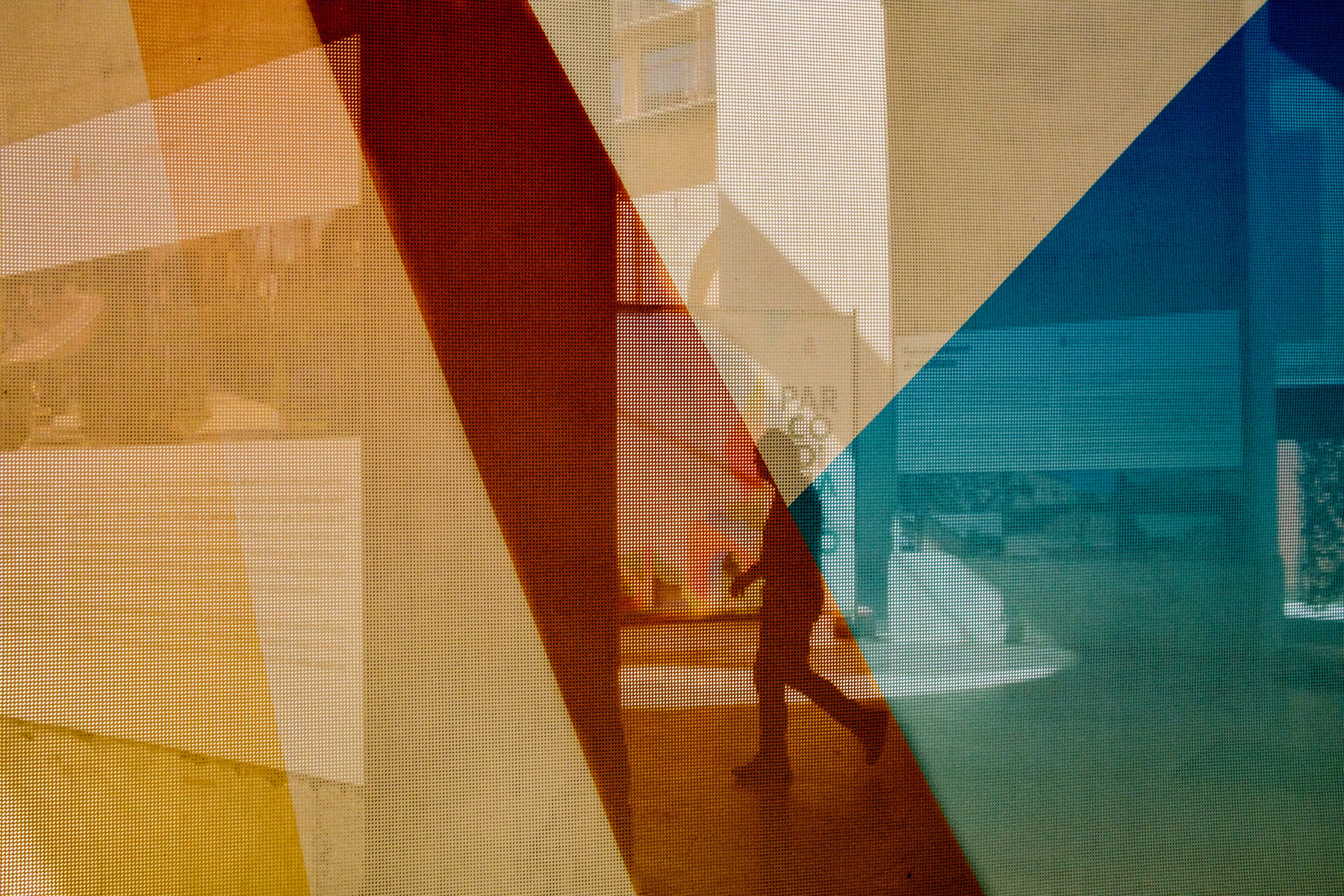
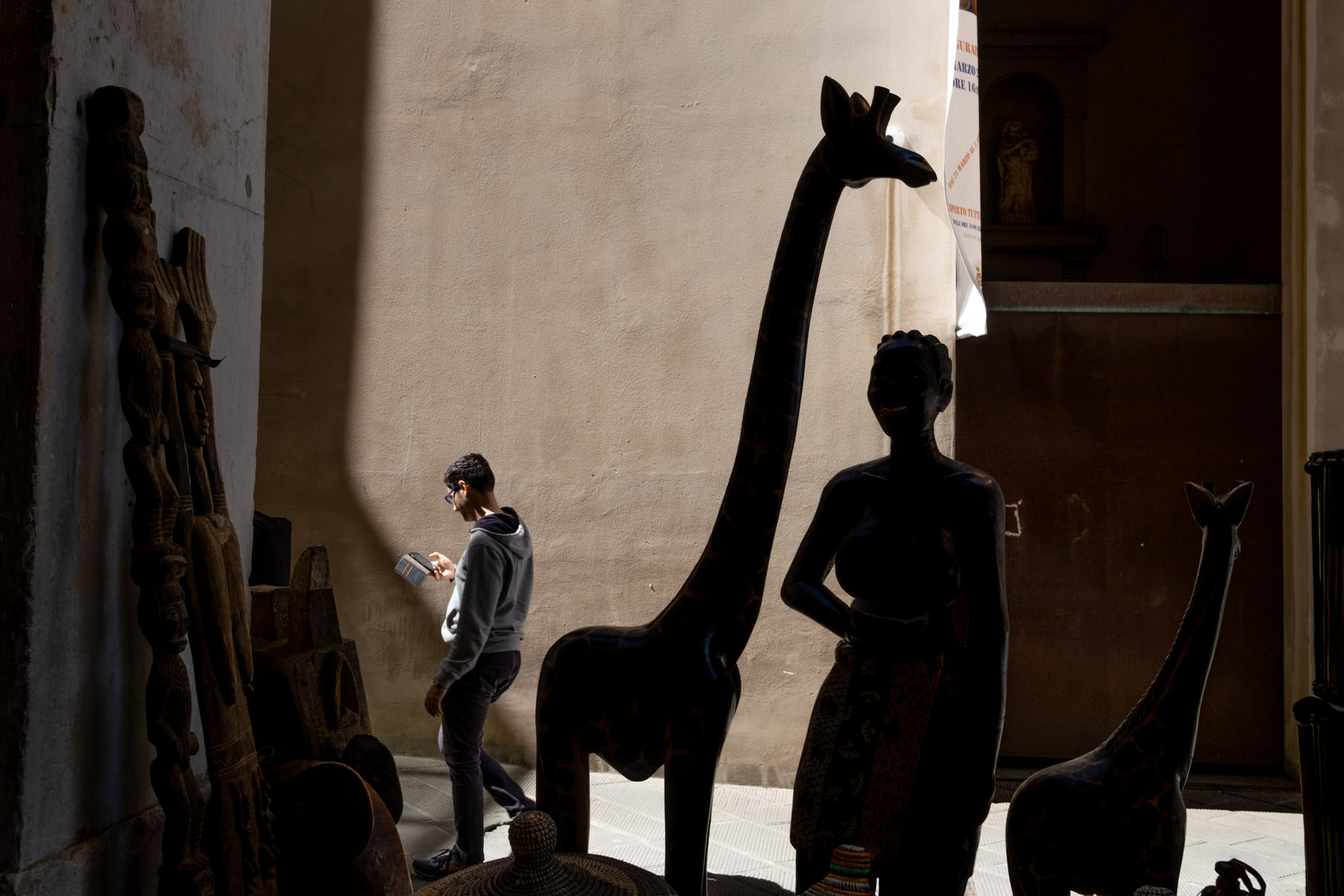
Many of your images capture everyday details that often go unnoticed. How do you decide which details to include and which to leave out?
I often look for something ironic or illusory; these are the things that intrigue me first. In the ordinariness of hectic life, pausing on something seemingly insignificant and making it extraordinary is, I think, a nice mission. The time I have available outside of my work is always limited, and when I’m out during a break, I have little time to observe what surrounds me. Photography helps me see things that I otherwise wouldn’t.
Can you describe some of the photographic techniques you use to capture the atmosphere and moment in your photographs?
Actually, I don’t have a preferred technique, although I love looking for layering in a photo, trying to give each element its space.
“Sometimes I see potential in a scene and try to wait for the right subjects to appear, but this doesn’t always happen. It takes a lot of dedication and patience.”
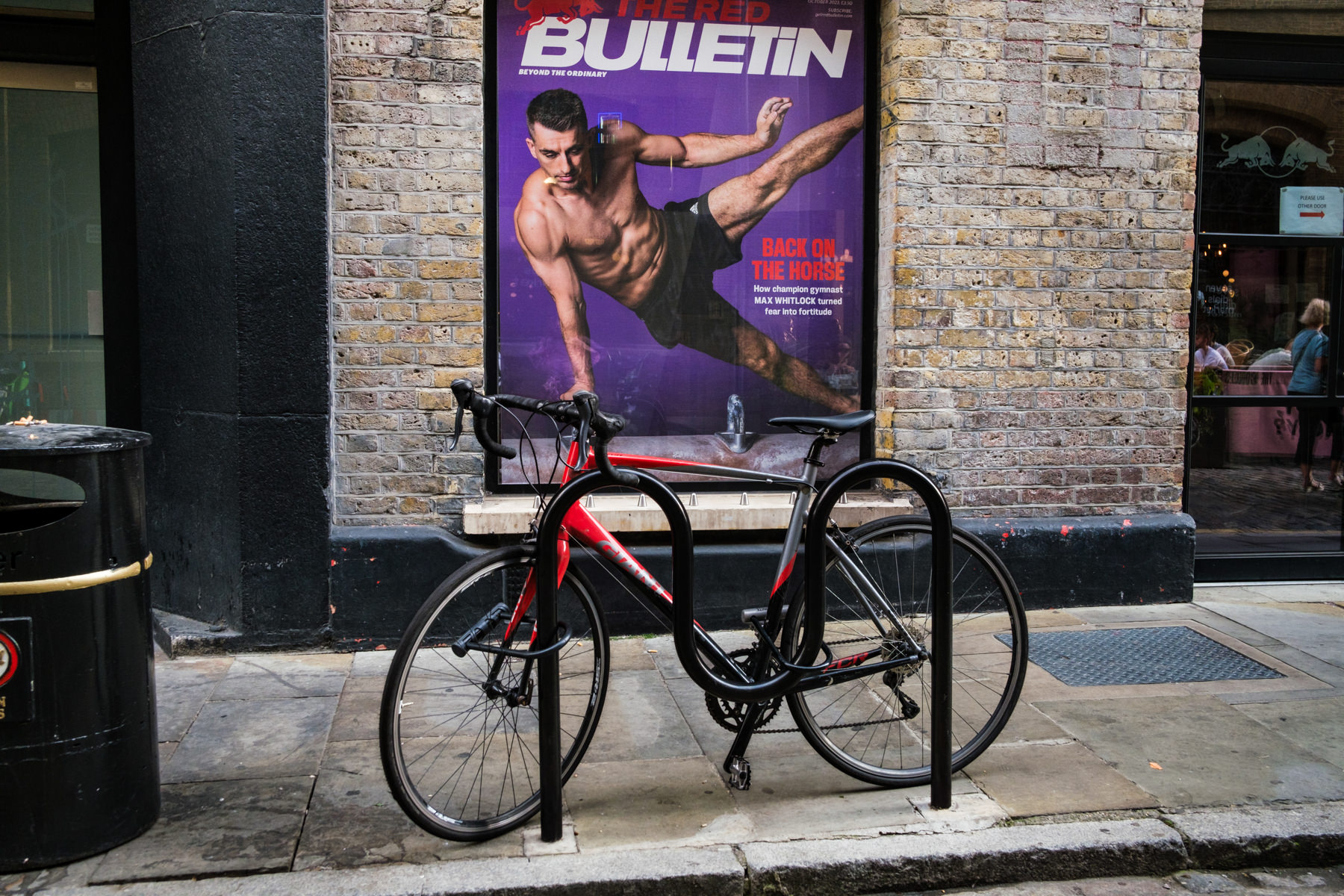
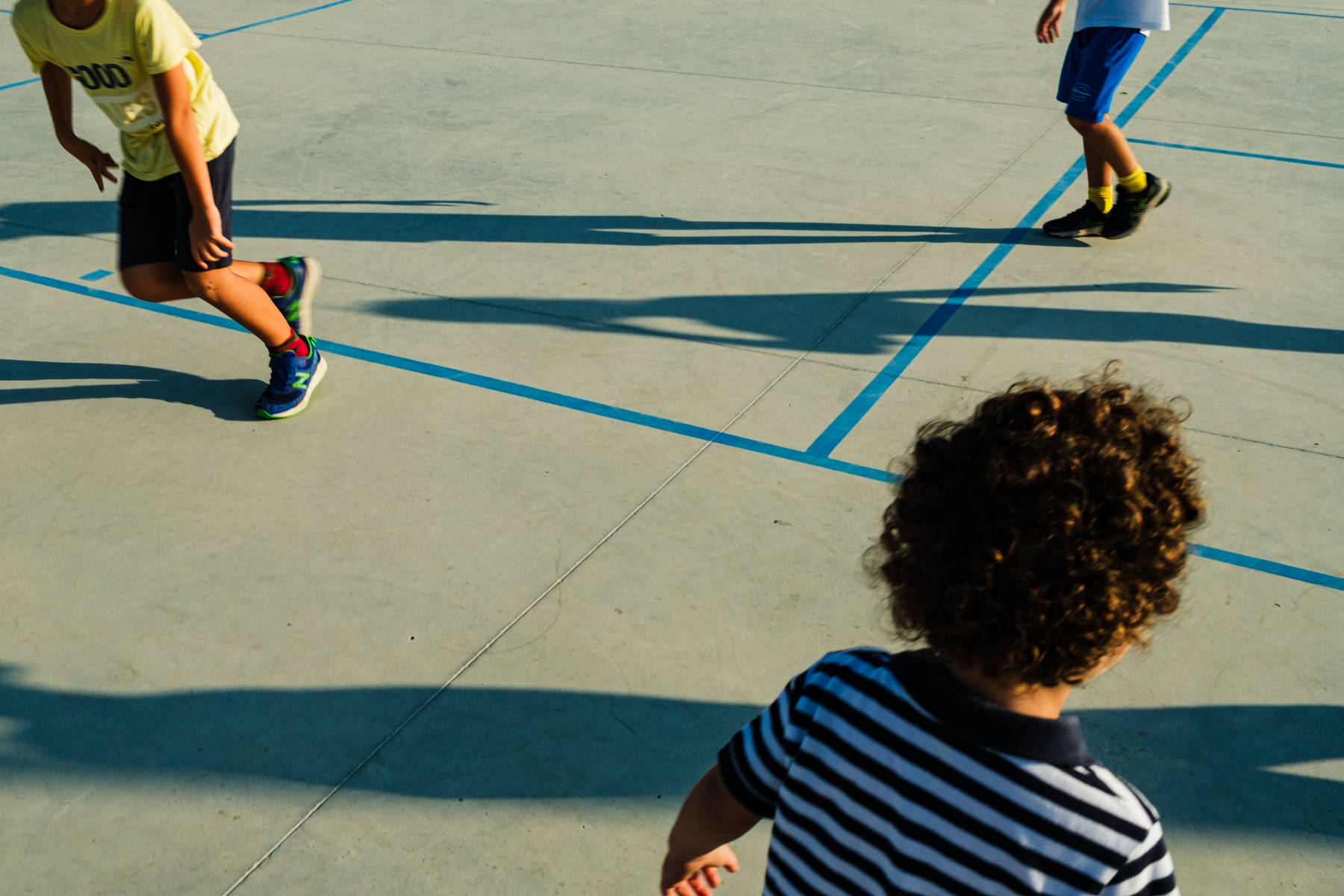
Do you have new projects or themes in mind that you would like to explore in the future?
I have a couple of projects in mind that I’m following. In reality, I have ideas that, for the moment, are just folders of photographs where I add new photos over time. Let’s say I’m accumulating material to then, at the right time, see if it will be possible to structure the initial idea and if the final product will be interesting to those who look at it.
How do you see the evolution of your photographic work?
I sincerely believe that the process of becoming a good photographer is very long, longer than one might think. I’ve been photographing more consciously for about 3-4 years, and I still feel at the beginning of a journey that will last a lifetime. My evolution will go hand in hand with the experiences I will be fortunate to live.
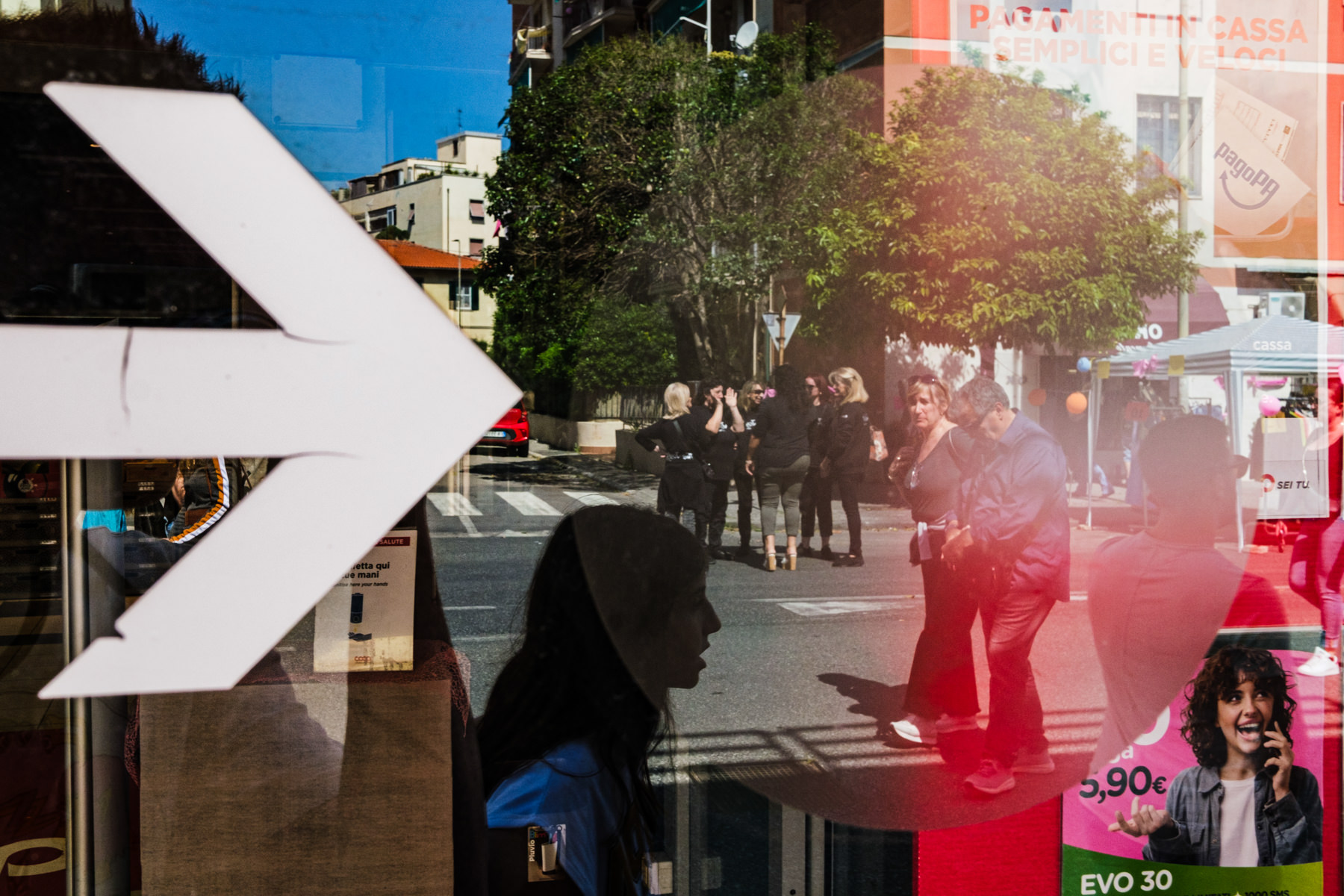
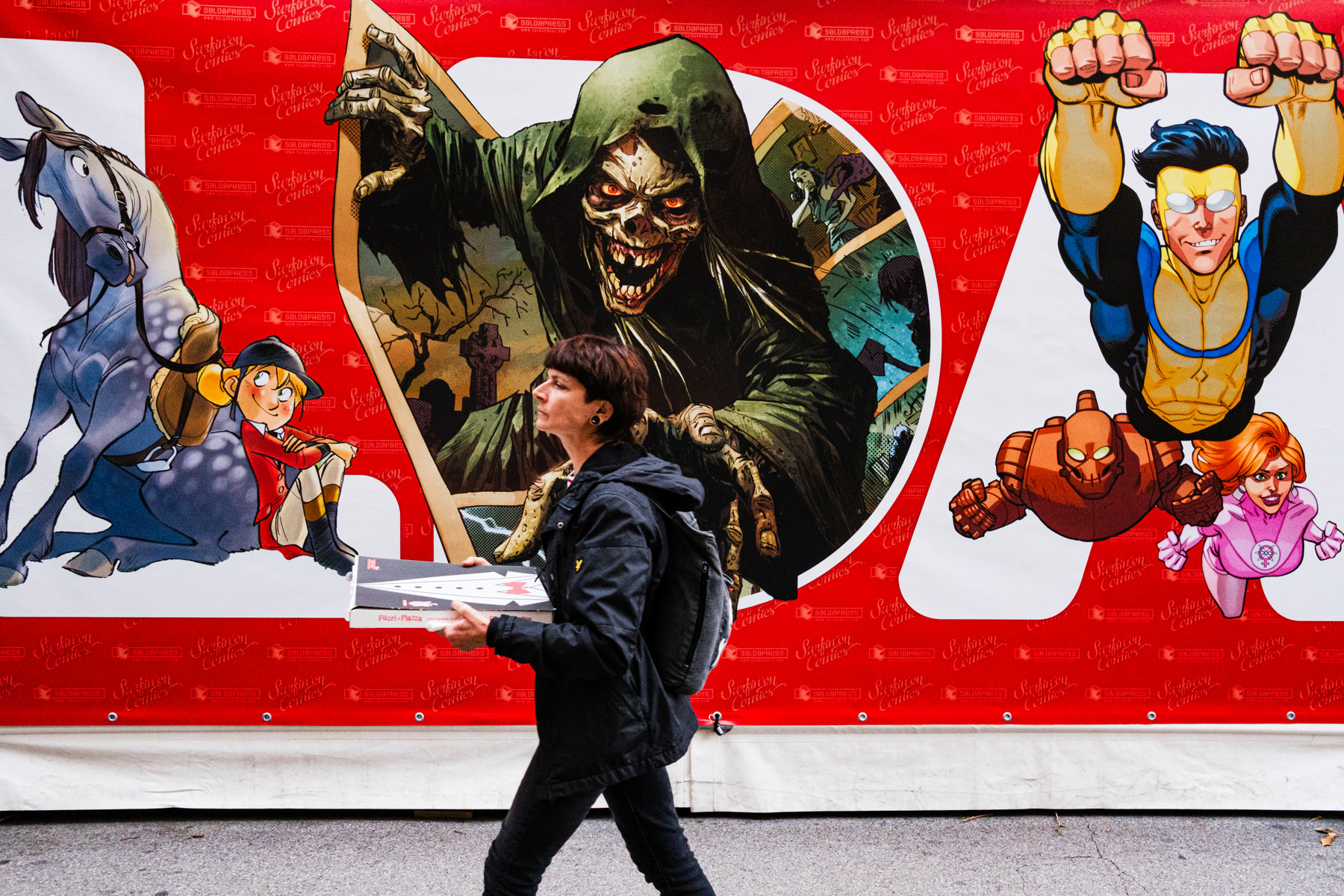
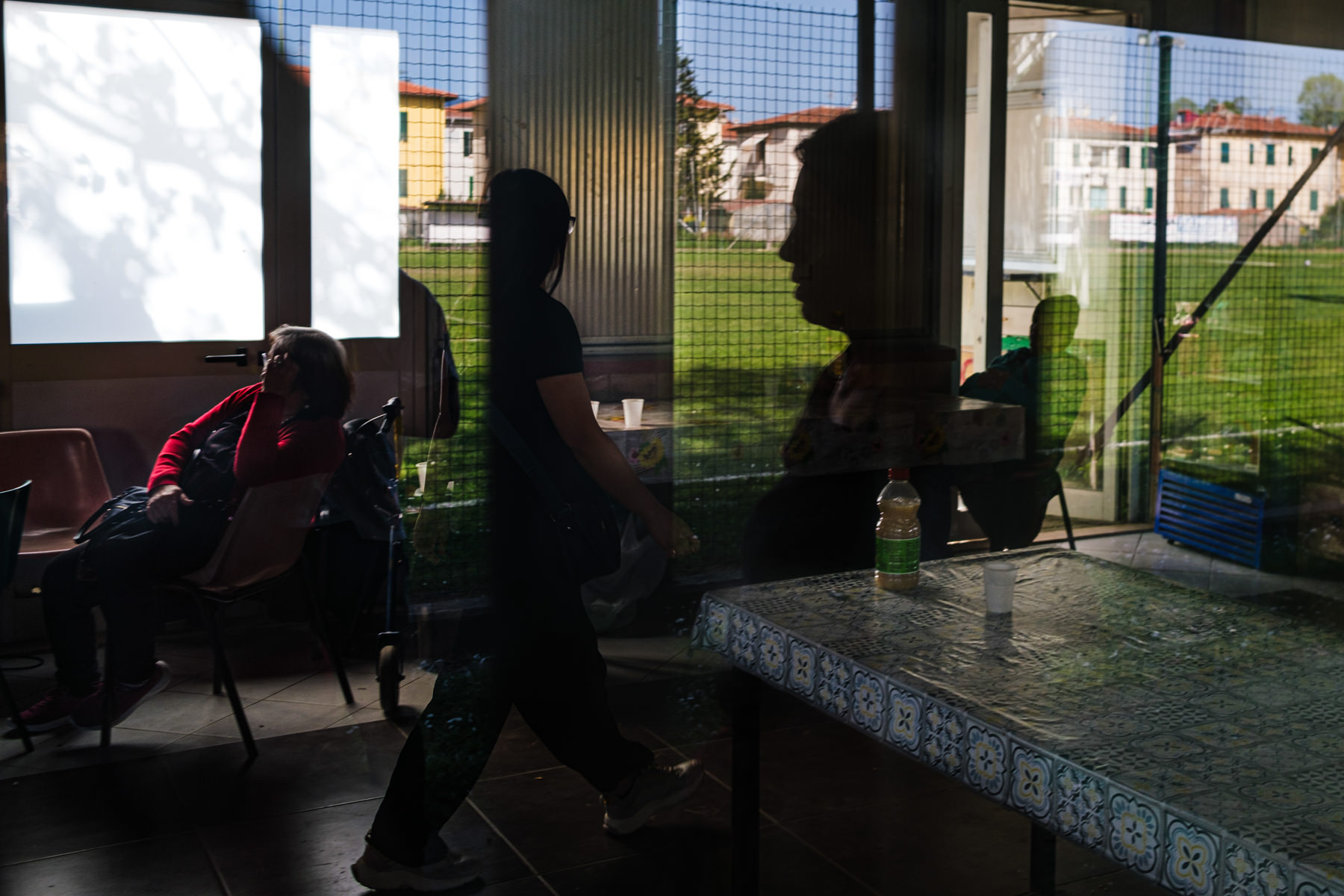
What do you think about the impact of artificial intelligence on photography?
AI is fantastic if you think that those who don’t know how to photograph can create something similar to a photo, those who don’t know how to paint can make paintings, those who don’t know how to write can still write a book. For fun, it can be a creative tool accessible to anyone. Unfortunately, behind software, there is always someone who uses it, and if the person using it intends to deceive someone, if they don’t do it with AI, they will do it with something else, but they will do it anyway.
I speak from the point of view of an enthusiast who believes in captured photography and who doesn’t know how to use artificial intelligence at all, but only because, for me, it’s normal not to know how to play a violin, for example. Commercially, however, the impact of AI in many fields (where photography is only a vehicle for a marketing concept and not something with strong and unique artistic value) will be strong and will force many photography professionals to update to stay afloat. I’m sorry about that, even though it’s not my field of expertise.
I believe that rules should be put in place where we want to preserve captured photography. For example, I believe in photography competitions, they should take into account the fact that many people are willing to cheat to achieve a result, and with artificial intelligence, this is made easier.
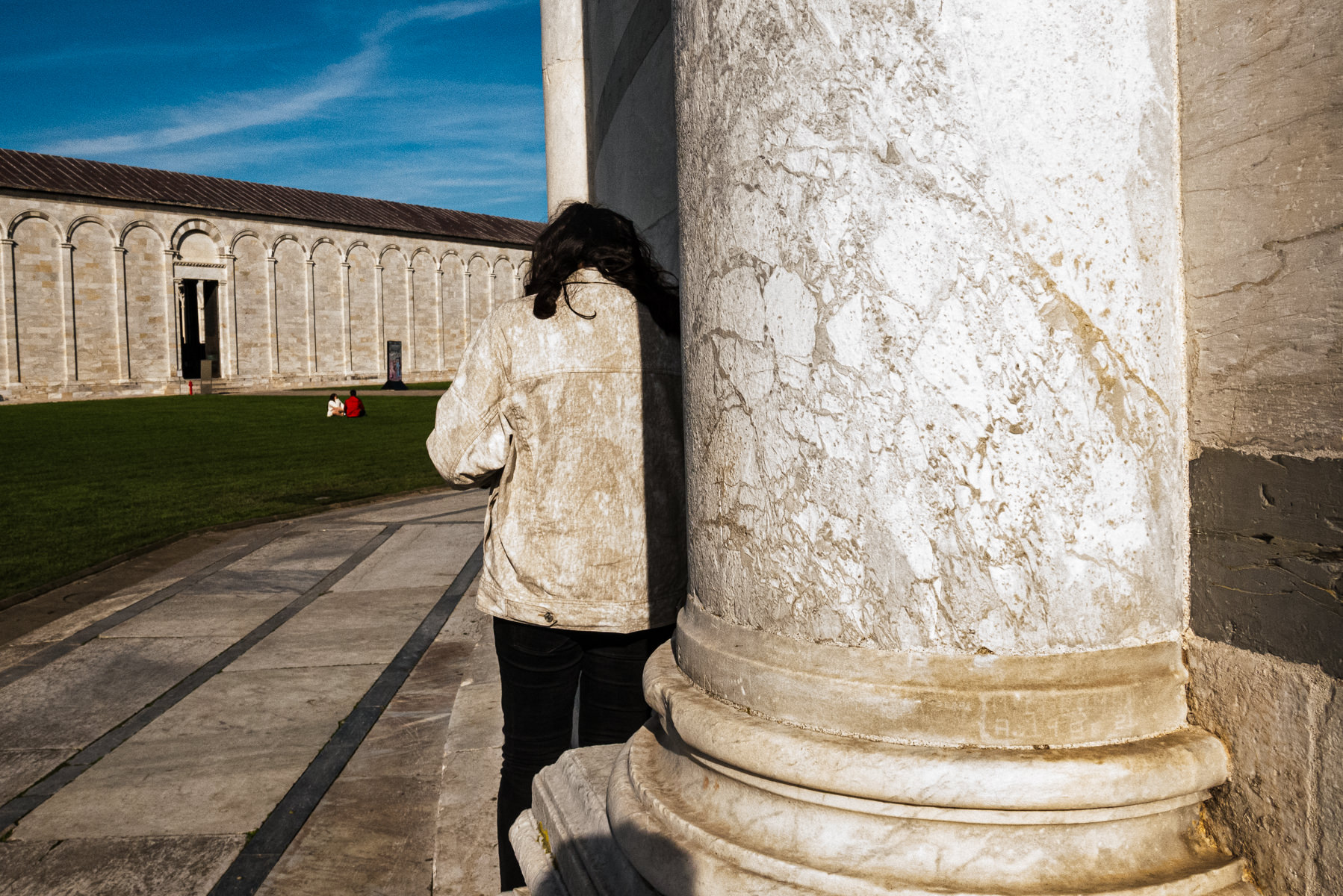
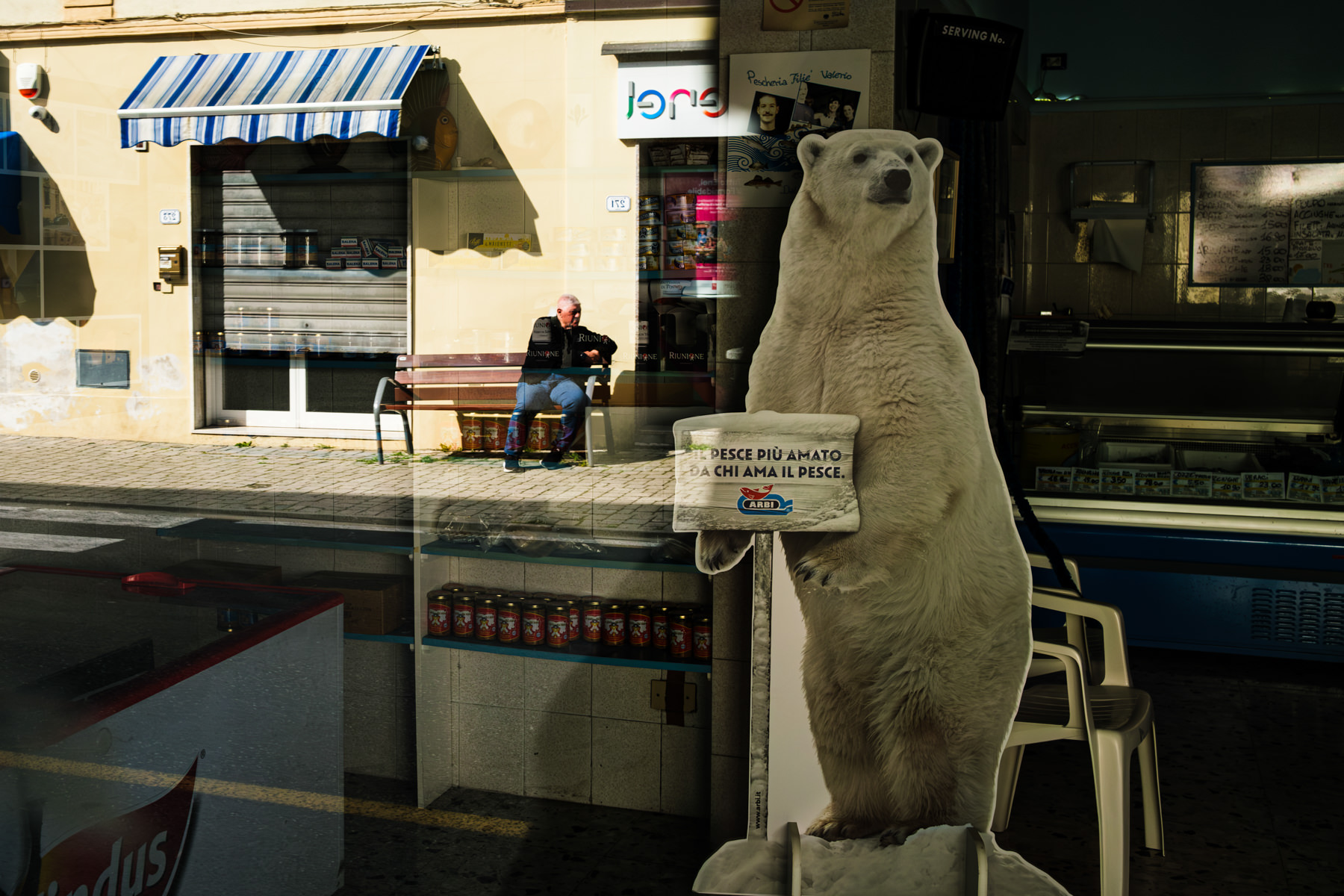
“I sincerely believe that the process of becoming a good photographer is very long, longer than one might think. I’ve been photographing more consciously for about 3-4 years, and I still feel at the beginning of a journey that will last a lifetime.”
Tell us about the festival you created, the Pisa Street Photography International Festival.
Together with my friend Mario Mencacci, also a street photographer, we decided to found a recreational association to bring to life what was a dream for both of us and then became a kind of “mission,” the Pisa Street Photography Festival. We both have many points of view in common regarding photography, and one of these is to create an annual meeting place where the common thread is street photography. With the help of the Municipality of Pisa, which provided us with a noteworthy museum exhibition space, we managed to reach the third edition, delighted with the results in terms of visitors. Among the various exhibitions of the festival, we displayed more than 200 photographs, which could be enjoyed not only by street photography enthusiasts but also by many art lovers in general. Our intent is to promote modern photography from all over the world.
With Mario, we decided to implement RAW control for the finalist photos because we believe that street photography should be the result of the photographer’s ability to capture a photo at the moment of the click and not the ability to manipulate the photo sitting in front of a computer, perhaps altering the image itself with collages or with the help of AI. For this reason, we created the concept “Real or Nothing,” now the banner of the PSPI festival.
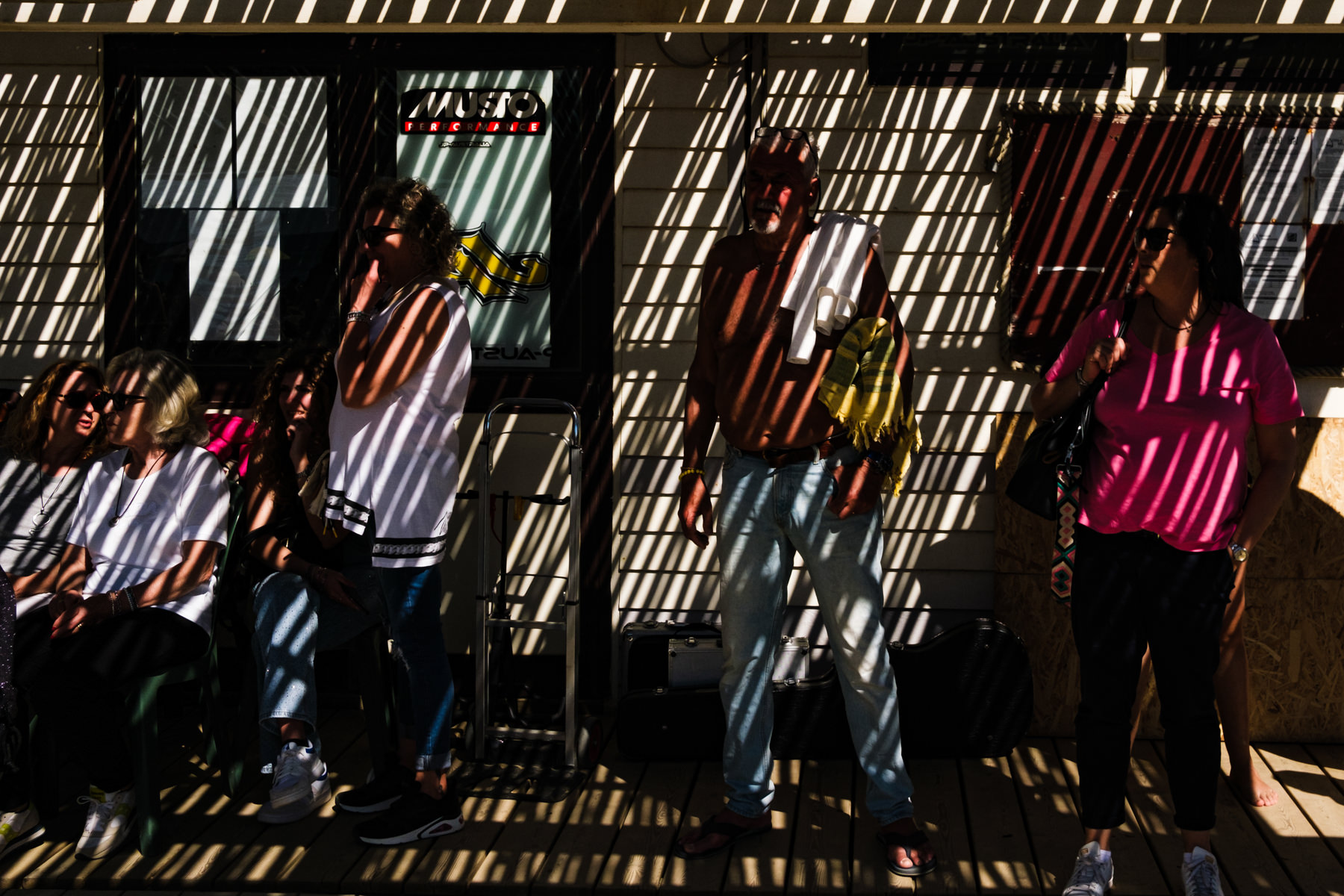
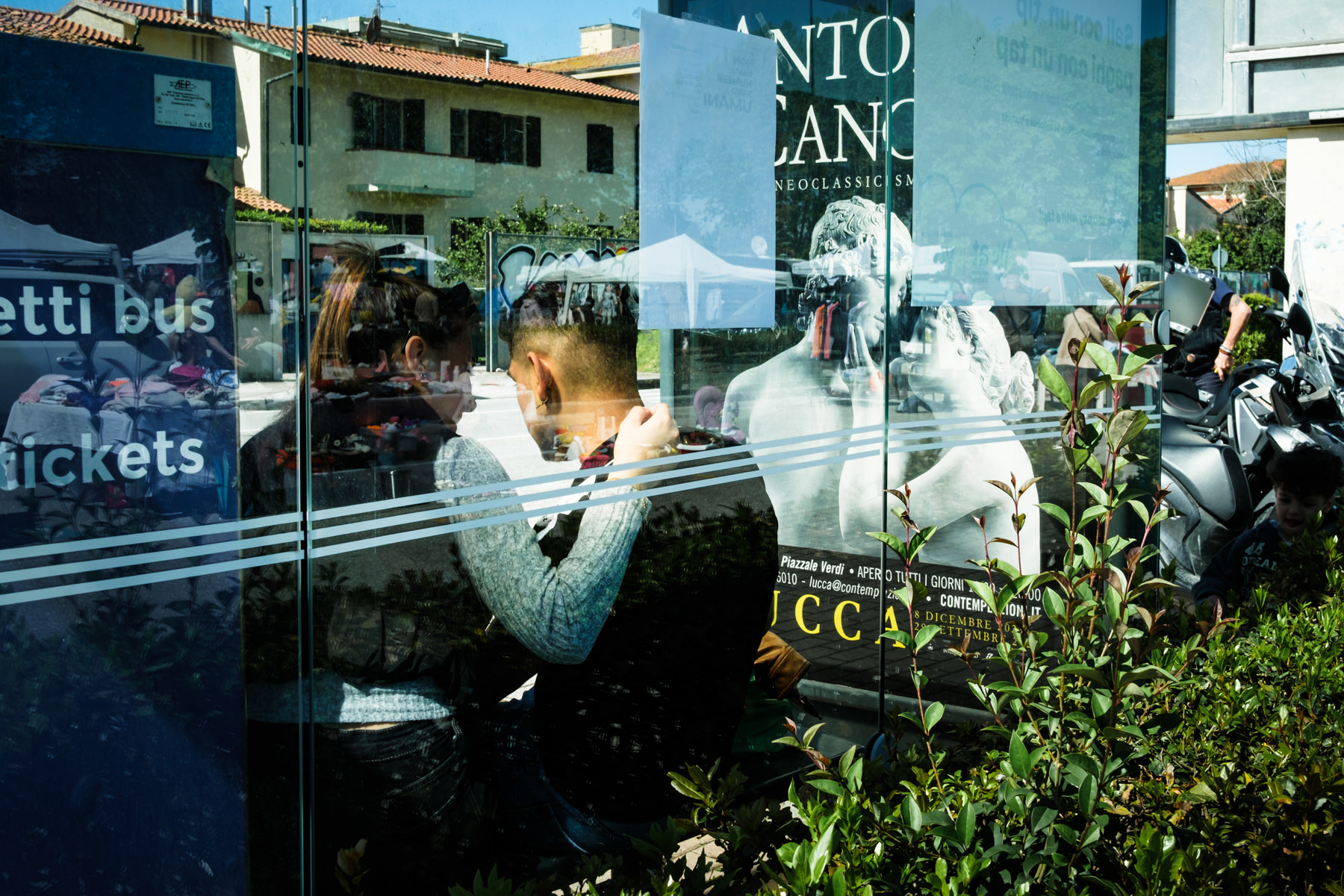
What advice would you give to someone who is starting to do street photography and wants to develop a unique and personal style?
I believe that knowledge is fundamental; it’s the thing that makes the difference in all fields. This requires time and dedication, curiosity, and study of what has been done. Buying books, talking to those who are more experienced, watching movies with a photographer’s eye rather than just as a viewer, listening to good music, and visiting many art exhibitions of all kinds can help develop a personal language.
I also recommend being as critical as possible with oneself without being in a hurry to be popular or recognized and to do photography until it returns pleasant sensations.
AREZ BIOGRAPHY
I was born in Livorno in 1982. For many years, I was involved in Hip Hop culture, starting as a Street Artist (graffiti artist) and ending as a Beat Maker. Around 2012, I bought my first camera, like many, to have photo memories of trips and evenings. Over time, I began, as a self-taught, to try to understand what the photographic rules were, trying all photographic genres, even if with very mediocre results. This pushed me to deepen my knowledge, and in 2017 I approached street photography, falling in love with it. From then on, the camera became an object that I always carry around my neck, ready to be used. Since around 2020, I began to photograph more consciously, and the fun has increased considerably.
In these last three years, besides taking photos, I have dedicated myself to the artistic direction of the PISA STREET PHOTOGRAPHY INTERNATIONAL FESTIVAL, of which I am proud. In 2024, my first fanzine titled “Un Monde Nouveau,” published by BUMP BOOKS (UK), was released.
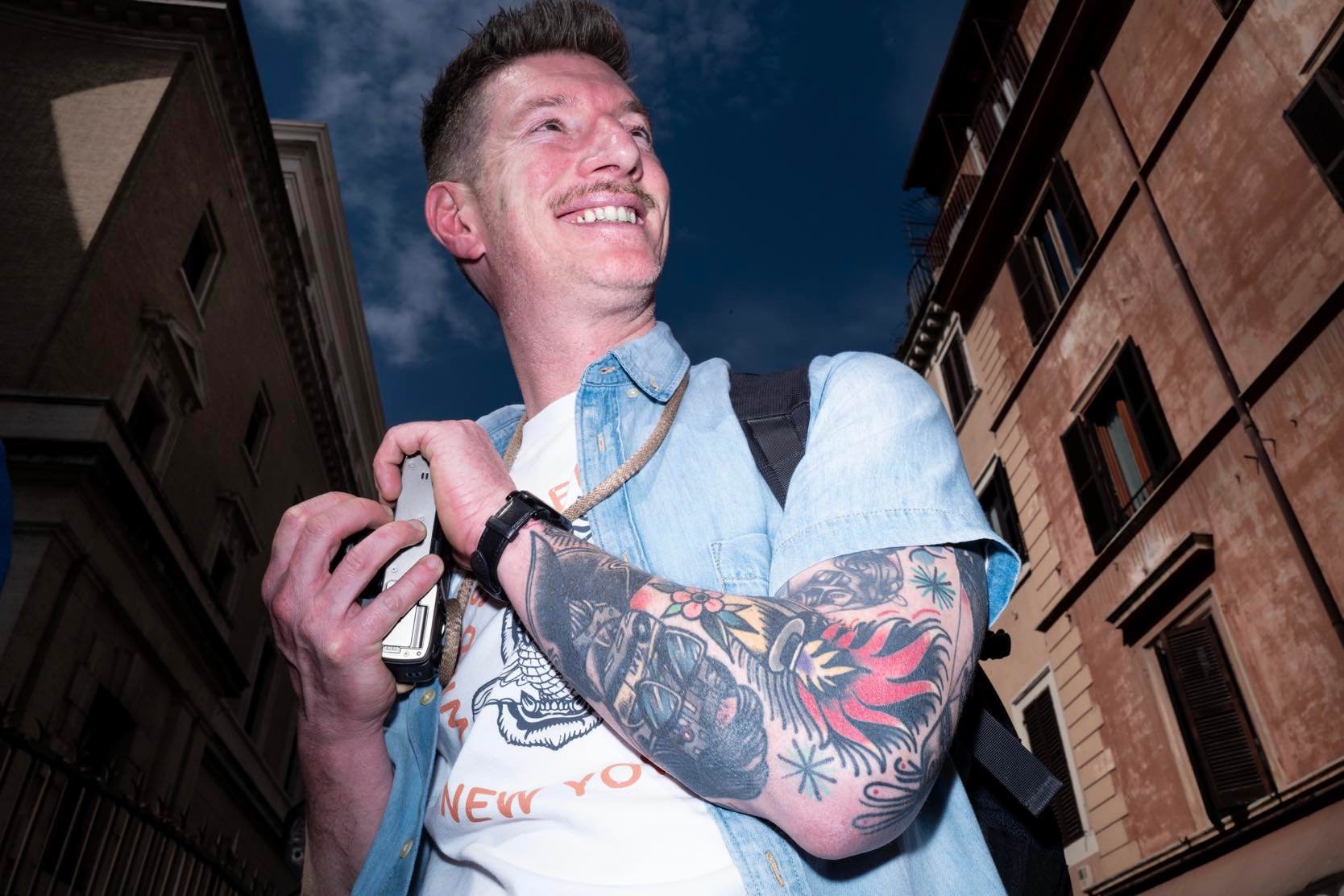
Arez Links:
Instagram: www.instagram.com/arezprod
Instagram PSPI Festival www.instagram.com/pspi_festival
Website PSPI Festival: www.pspifestival.it

